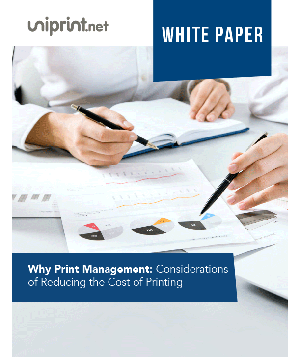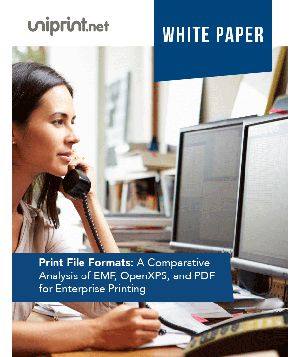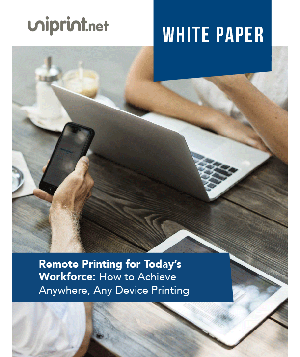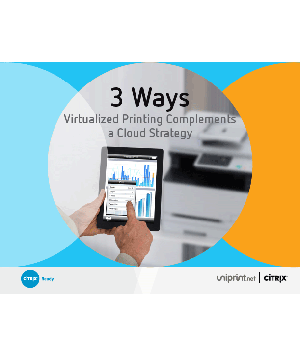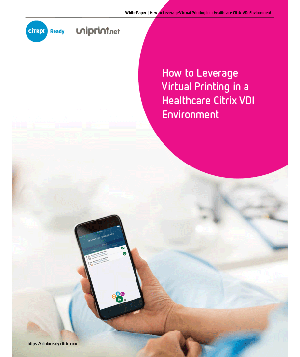The Mobile Movement and Virtualized Technology
The recent rapid growth of digital channels, coupled with the evolving way in which consumers now buy services and products, is dramatically changing the nature of the corporate workforce.
Indeed, in January, a report from technology research house Gartner estimated that worldwide tablet sales would reach 233 million units in 2015, an 8 percent increase from 2014, while the PC market would grow by only 1 percent. While the global decline in sales of laptops and desktops is nothing new, Gartner’s report exemplifies the trend towards an increasingly mobile workforce and the era of hot-desking where employees are no longer tied to a specific computer, workstation or location.
Social, digital and mobile channels have transformed the way in which people now interact. As greater numbers of the Millennial generation join the workforce digital technologies will also play a greater role in the way that corporate institutions manage their internal processes and functions.
Enterprise printing infrastructure is one such function that is set to dramatically evolve as a result of an increasingly mobile workforce and greater complexity in daily printing requirements.
Many corporate institutions have implemented IT environments that enable staff to access their personal or corporate desktop from any computer terminal, mobile device or from any location using wifi zones. Flexibility and automation are commonplace.
The printing environments that firms operate, however, are often less dynamic, leading to inefficient use of printing resources, internal information potentially being compromised and increased administrative burden on technology and support staff.
By leaning on technology firms can better manage printing resources for local, remote and mobile users. Instead of operating disparate, expensive and manually intensive printing environments a virtualized printing infrastructure can solve many location-based printing challenges by enabling a firm to centrally manage printer assignments by department or by user according to specific needs.
Print jobs can be easily encrypted and compressed by as much as 90% to reduce the reliance on internet bandwidth for the firm and enables faster and more reliable printing.
Where workforce mobility creates challenges around network and document security, technology can also help. Secure pull printing – where a user’s print job is held on a server or on a user’s workstation and released following user authentication – eliminates the possibility of print outputs lying in printer trays unattended and being picked up and viewed by unauthorized personnel. Additionally, technology allows firms to have more stringent control and enhanced audit trail over their printing infrastructure to be able to track who is printing, what they are printing and how much they are printing. In traditional, non-virtualized printing infrastructures this process is highly complex and slow.
As corporate workforces become increasingly mobile and demand greater levels of automation from their organizations, firms must work to address the underlying problems that exist at an enterprise infrastructure level and printing environments are one such area. Companies must invest the time, money and patience to re-vitalize and re-engineer their back-end technologies to be more digitally aligned and geared towards the Millennial workforce of the future.

